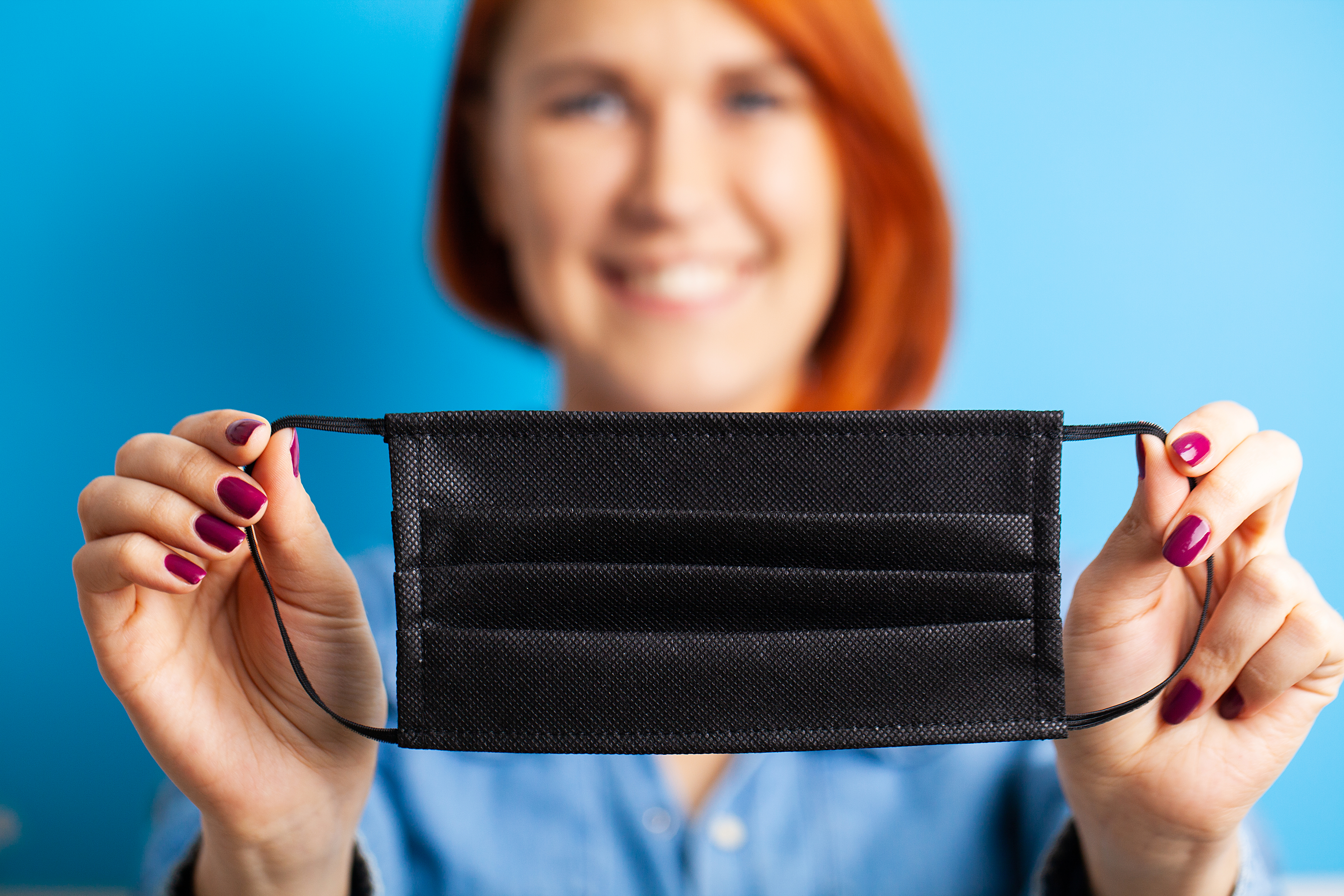This Earth Day Celebrate With Responsible Antiviral Face Mask Disposal
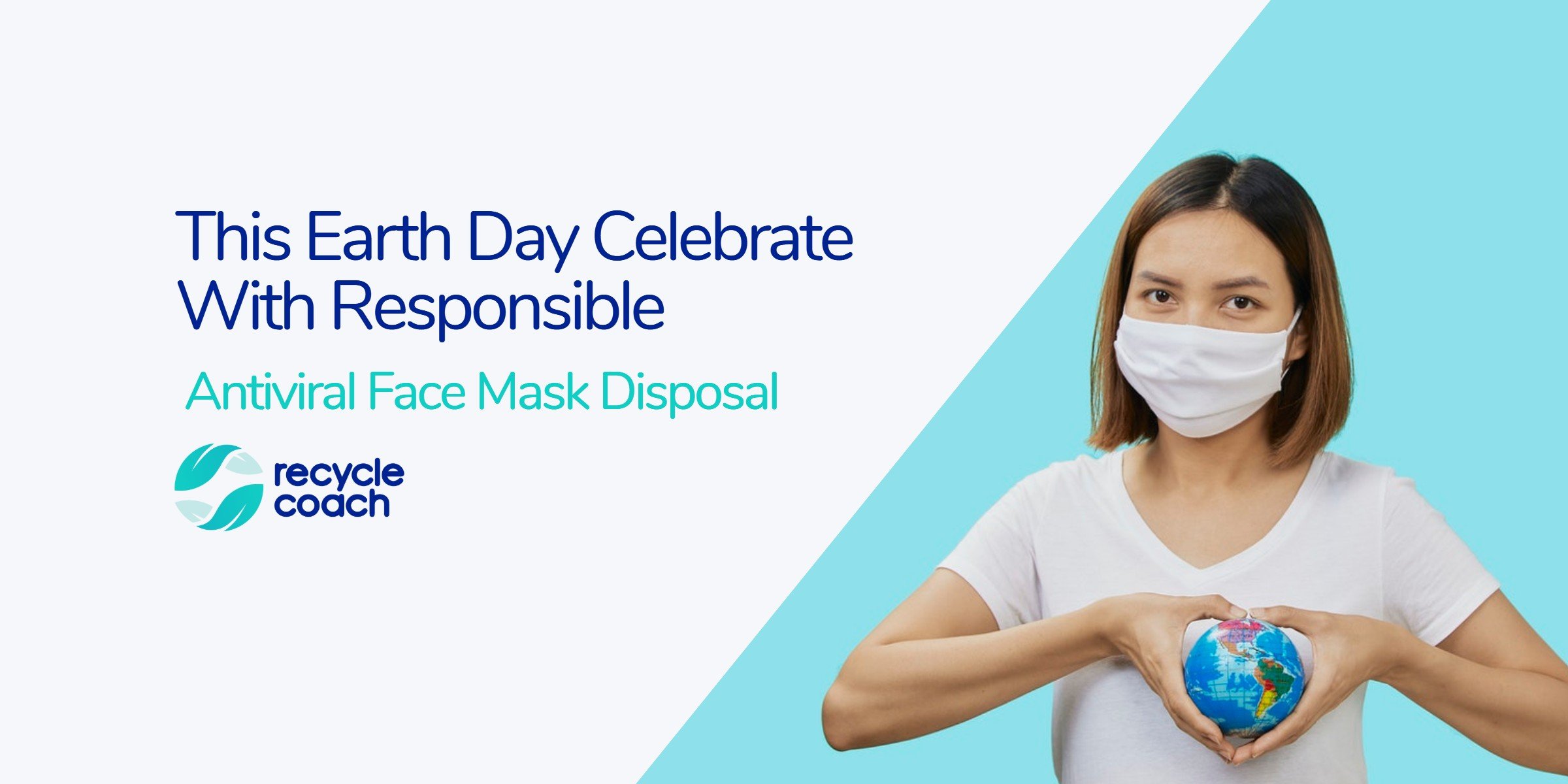
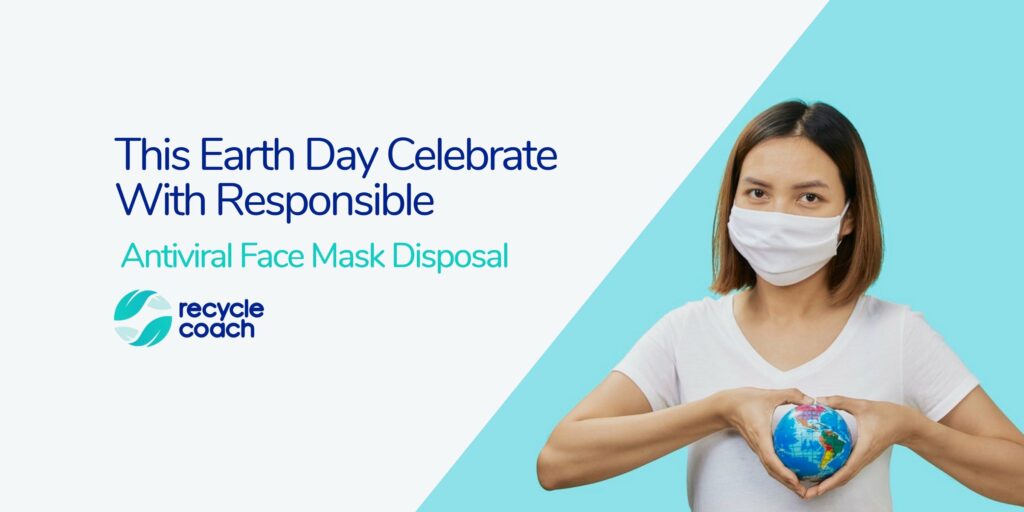
Have you taught your residents about antiviral face mask disposal? It’s been 50 years of celebrating Earth Day and the green movement – yet this year is fundamentally different because of COVID-19.
Unlike past celebrations, people won’t be out at festivals, street markets and charity events. They’ll be at home dealing with a global pandemic, working hard to keep themselves safe and healthy.
And they’ll be wearing face masks of all kinds.
This year, we’ve decided that the best way to celebrate 50 years of green living, is to advocate for the correct removal and disposal of a massive amount of face masks entering our environment.
Here’s how to correctly dispose of different types of antiviral face masks in 2020.
The Lowdown on COVID-19 Face Mask Disposal
According to the Department of Health and Human Services, medical workers will need about 3.5 billion face masks this year. The Centers for Disease Control and Prevention (CDC) has also recommended that cloth face masks be worn in public by all residents.
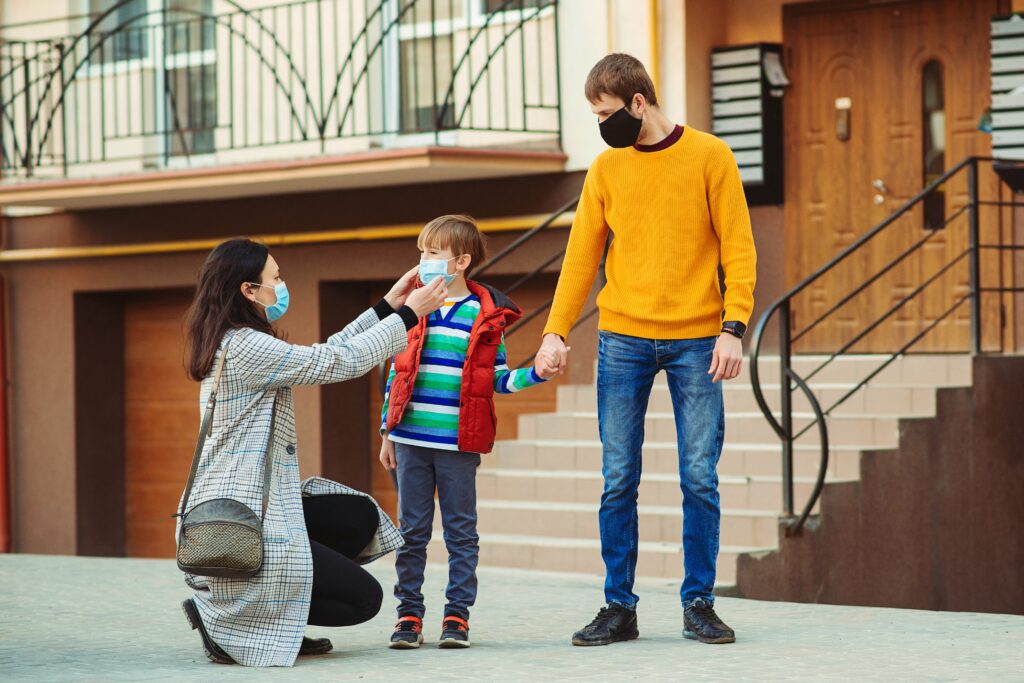
There are 368 million people in North America. The novel coronavirus will be around for several months, which means multiple cloth masks per resident.
Masks and other forms of personal protective equipment (PPE) are set to flood our continent, creating nightmarish environmental consequences.
“We’re seeing an increase in PPE abandonment globally. By discarding these materials improperly, we defeat the purpose of wearing them in the first place while also increasing the chances of potential waterway pollution or animal harm. There are proper ways to dispose of these materials including recycling, collection bins, and landfilling.”
It’s not enough to be careful – this Earth Day your municipality must take action.
This means:
- Playing your part in preventing virus spread via municipal waste and employee contraction
- Educating your residents about correct removal and disposal of each face mask type
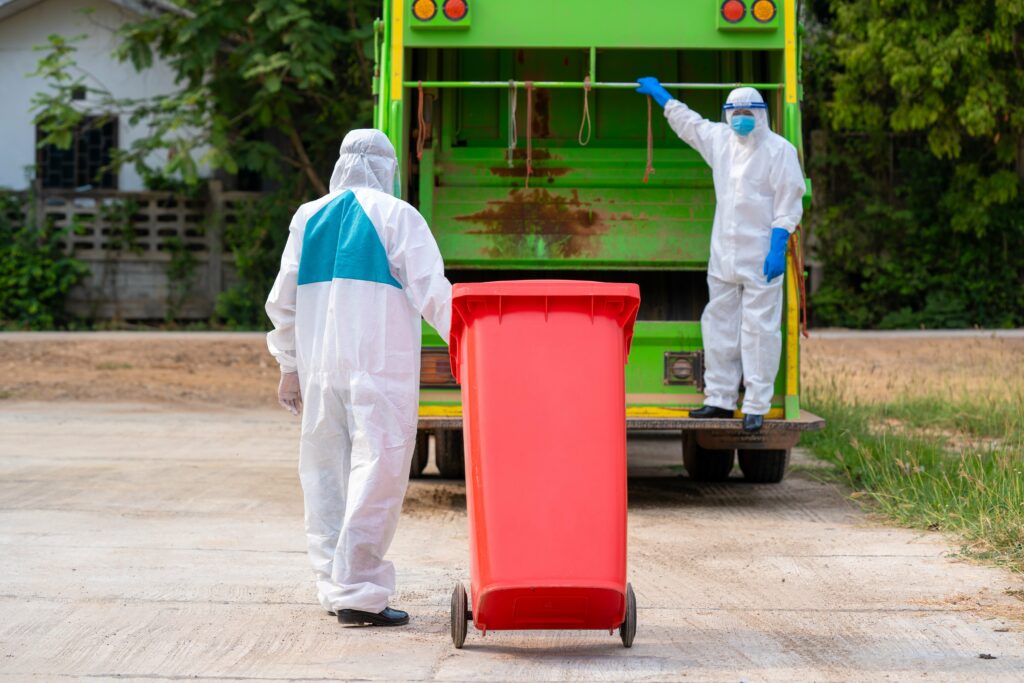
All disposable or unclean masks in a pandemic should be treated as medical waste.
Reusable cotton masks that have worn out must also be treated as medical waste.
Your residents must understand that their actions during the removal and disposal of masks matters to curb the spread of COVID-19 and prevent further contamination of our natural environment and animal life. It’s now their daily job to safely dispose of medical waste.
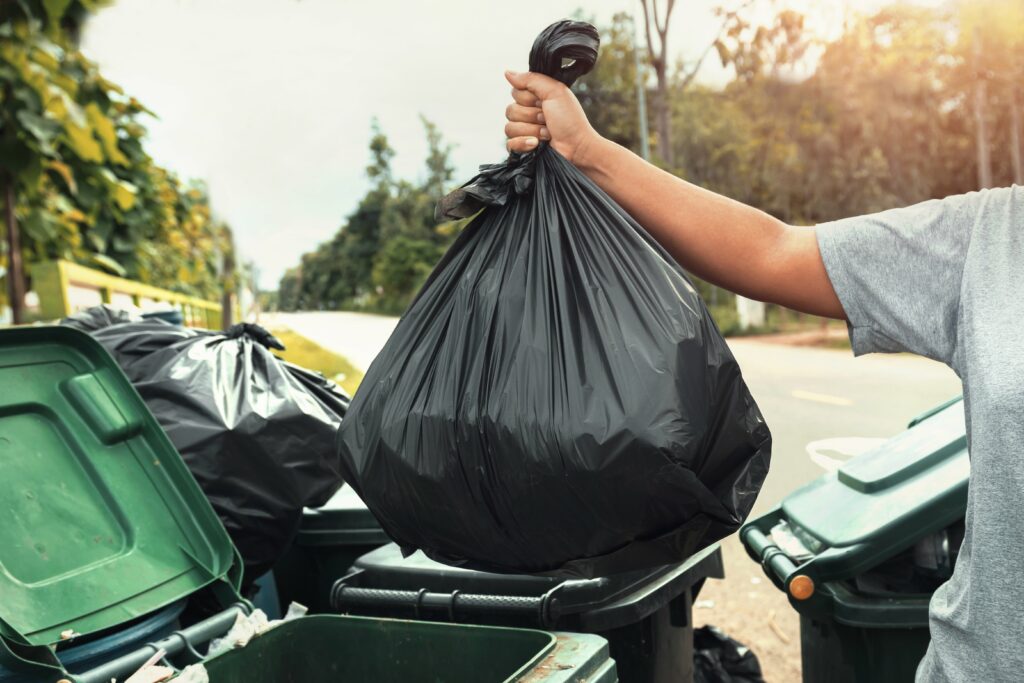
“Correct removal and disposal of an antiviral face mask at home helps curb the spread of COVID-19 to municipal workers, neighbors, friends and family – and it preserves the local environment.”
Close Proximity Face Masks
These are for front-line workers and people in direct contact with confirmed or suspected COVID-19 patients. Doctors, nurses, medical emergency staff and other hospital employees wear these.
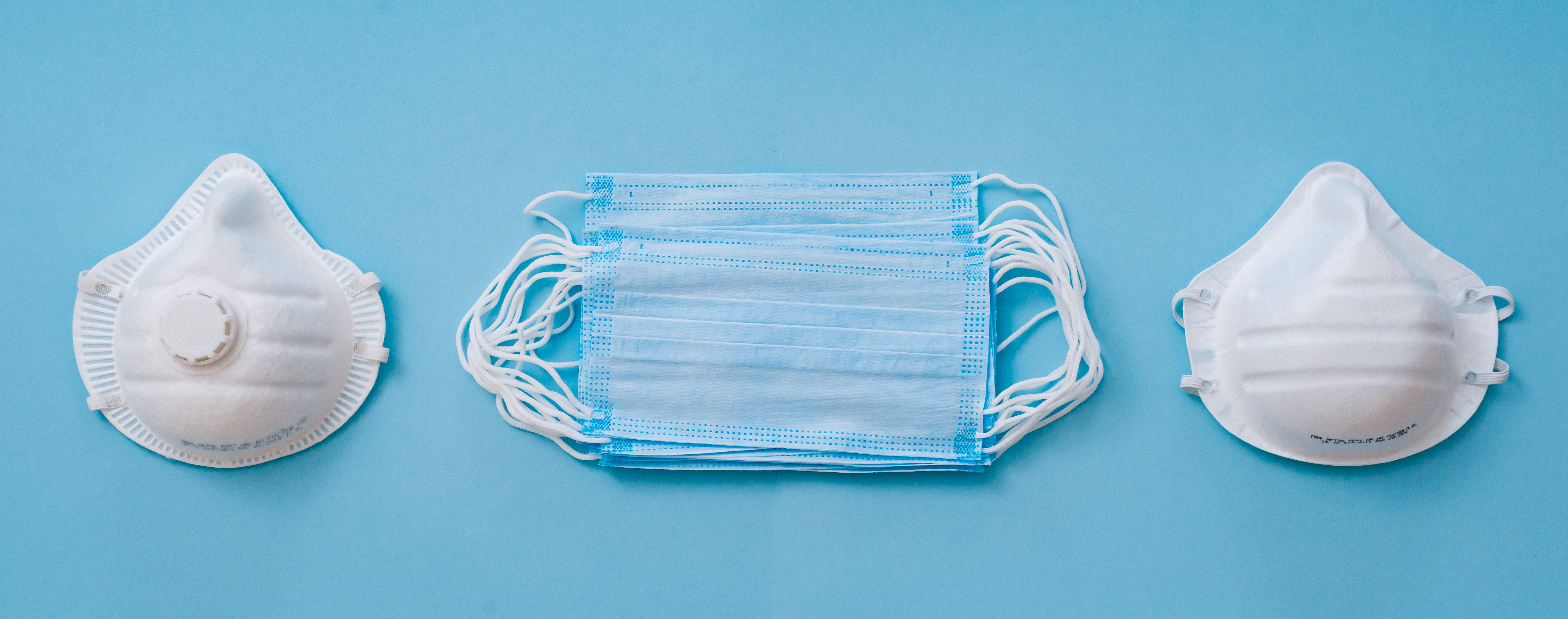
The best face masks for close proximity work include:
- N95 respirator mask
- N95 face mask
- KN95 mask (The foreign equivalent of an N95 mask)
- FFp3 mask
- FFp2 mask
- Surgical masks (least effective, best used with a face shield)
Filtration of aerosol or droplet novel coronavirus particles is effective when using these face masks. However, the more effective the mask, the more saturated it may be with the virus.
Even though the government has asked residents to leave these masks for official workers, many people are using them anyway. Here’s how to remove them and dispose of them at home.
How to Remove Close Proximity Face Masks
Follow these CDC steps to safely remove the mask.

- Step 1: Make sure a sealable bag or medical waste bin is available
- Step 2: Tip your head forward and use two hands to lift the bottom strap
- Step 3: Pull them to the side, then over your head (don’t touch the face mask)
- Step 4: Use both hands to lift the upper strap to the sides and over your head
- Step 5: Let the face mask fall forward and off your face
- Step 6: Put it in a sealable bin or seal it in a bag before disposal
How to Dispose of Close Proximity Face Masks
Follow these rules to correctly dispose of the antiviral face mask.
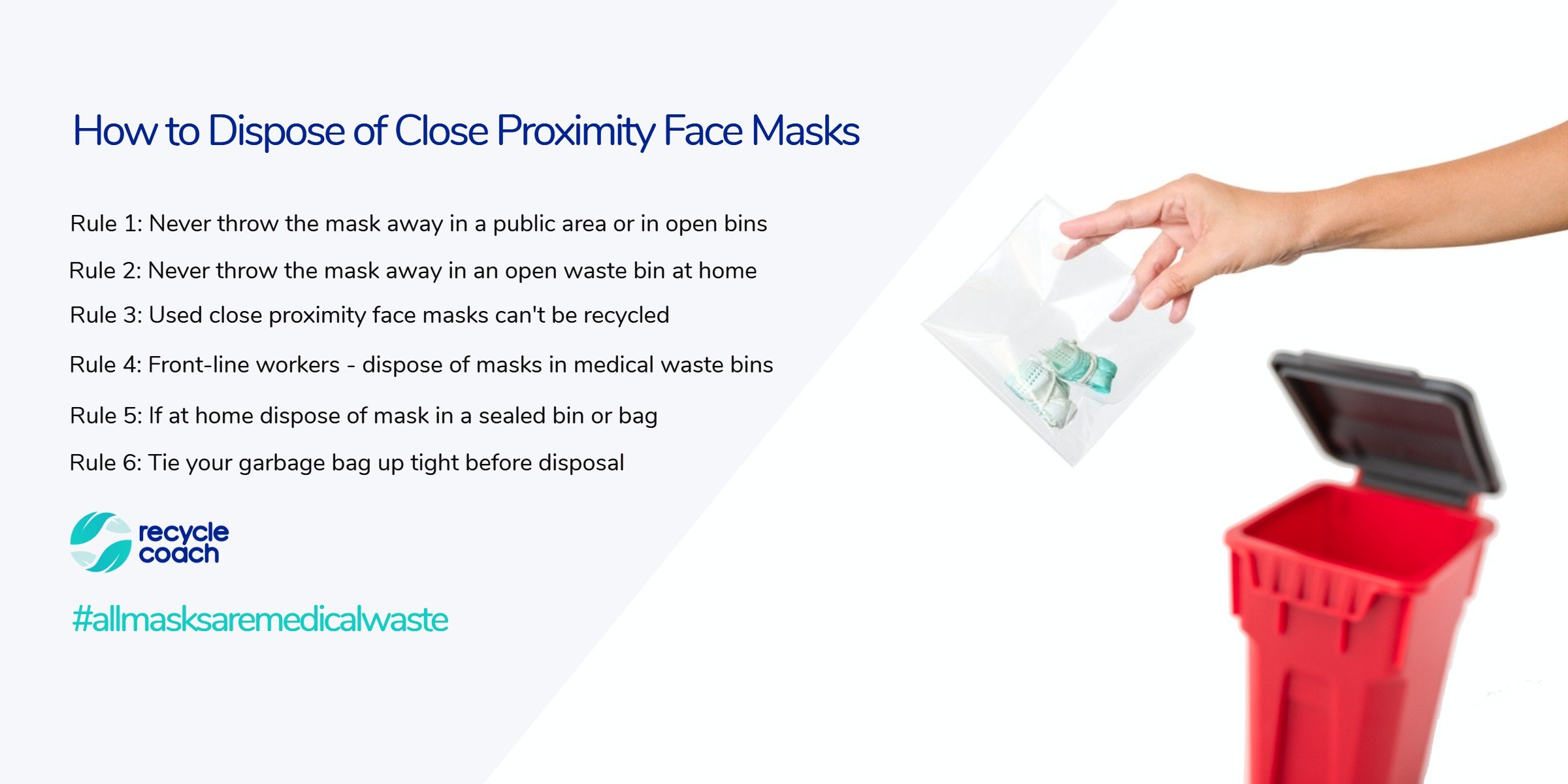
- Rule 1: Do not throw the face mask in open, public areas or in bins without a seal
- Rule 2: Do not throw the exposed face mask in your open waste bin at home
- Rule 3: Used close proximity face masks cannot be recycled
- Rule 4: If you are a front-line worker put your mask in a sealable medical waste bin
- Rule 5: If you are at home make sure your mask goes in a sealed bin, or closed bag
- Rule 6: Tie up your garbage bags tightly to keep the medical waste inside
“As a rule, used disposable face masks must never be put in your recycling. Even though some materials like polypropylene might be recyclable, medical waste – especially COVID-19 waste – is not.”
Spread Prevention Face Masks
These face masks are for the general public who go out and about, living their daily lives.
Cloth face masks are made at home or store bought, and help stop asymptomatic people from spreading COVID-19 to others. People with symptoms should remain at home.
- Made from various materials (cotton, microfiber, polyester)
- Different patterns and designs
- Different amount of layers (the recommended amount is 3)
While cloth face masks don’t protect the wearer from the novel coronavirus, it is better protection than nothing at all when used with social distancing and correct hand hygiene.
How to Remove Spread Prevention Face Masks
Follow these steps to safely remove and reuse a cloth face mask.

- Step 1: Have a pillowcase handy to put your face mask inside
- Step 2: Tip your head forward and use two hands to lift the bottom strap
- Step 3: Pull them to each side, then over your head (don’t touch your mask, eyes or nose)
- Step 4: Use both of your hands to lift the upper strap to the sides, then over your head
- Step 5: Let the cloth face mask drop forward off your face
- Step 6: Put it in the pillowcase and straight into a washing machine
- Step 7: Wash your cloth masks on a normal wash cycle
How to Dispose of Spread Prevention Face Masks
Follow these rules to dispose of cloth antiviral face masks.
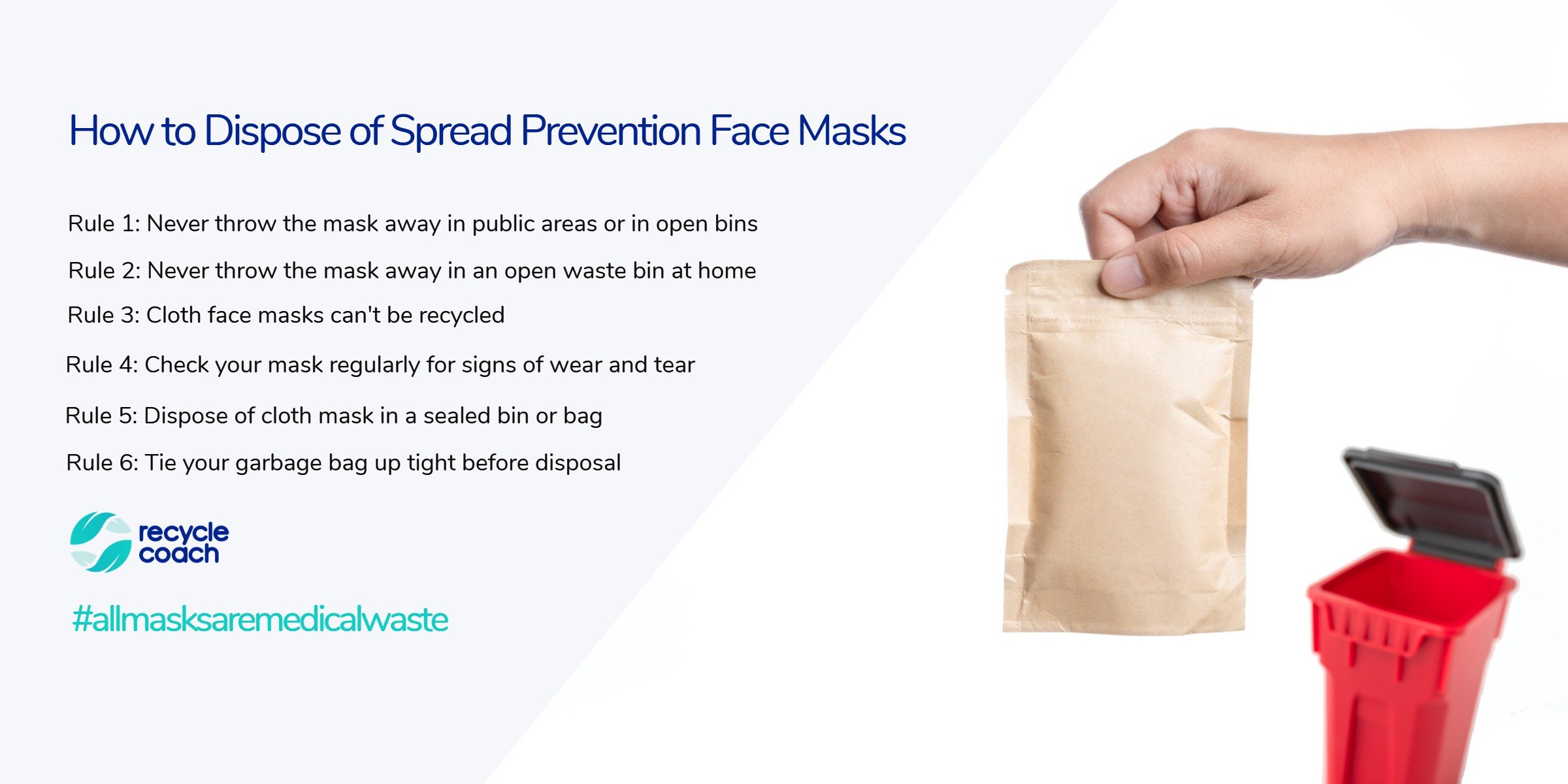
- Rule 1 Do not throw cloth masks away in public places, or in open bins
- Rule 2 Do not throw a cloth face mask in an open waste bin at home
- Rule 3 Homemade or store bought cloth face masks cannot be recycled, even if they are washed and dried first
- Rule 4 Check your mask regularly for tears and damage, replace as necessary
- Rule 5 Always seal it in a bag before waste disposal
- Rule 6 Dispose of your mask in a sealed waste bin
- Rule 7 Tie your garbage bags tightly to keep used masks inside
How to Make a Face Mask or Covering at Home
The CDC has an instructional video on how to make an approved mask or face covering.
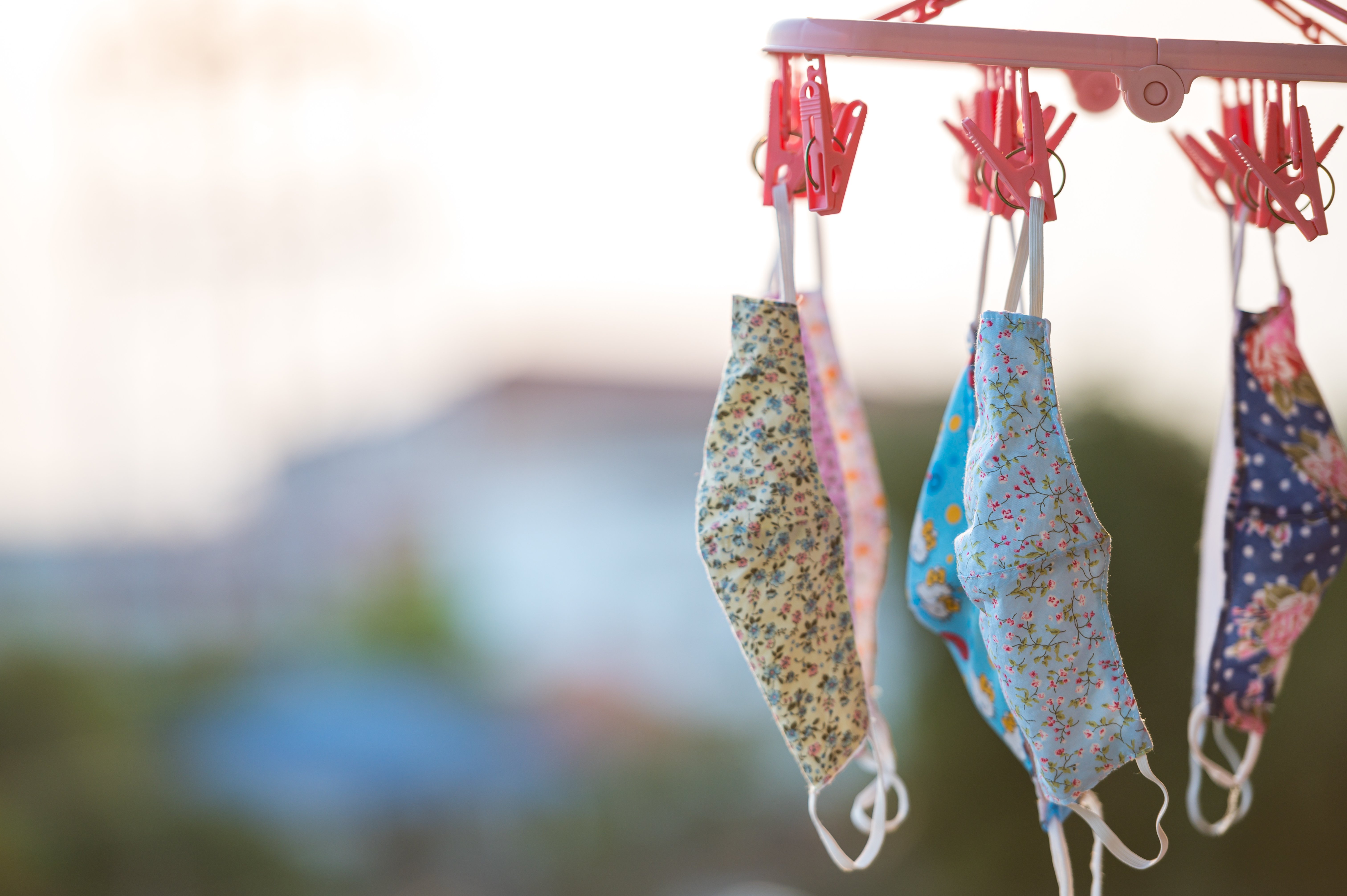
Official No-Sew Masks
Pleated Sewn Cloth Mask
Remember, the mask must tightly fit your face and contain multiple layers. Coverings are the no-sew options that can be fashioned from scarves, bandanas and t-shirts.
To Recap:
All antiviral face masks, whether they are medical grade to prevent contraction during close proximity work, or handmade cloth masks to limit the spread of COVID-19 – must be discarded as medical waste.
We encourage you to use a sealable paper bag if one is available. Always make sure your bin is sealed and immediately dispose of the waste away from living areas.
Plastic bags can be used in medical facilities (or if paper isn’t available at home) where the waste will be sent to a special incineration facility. Never throw medical waste away in public places!
A global pandemic like the novel coronavirus is going to have a serious and lasting negative impact on our natural environment.
We can limit the damage caused by teaching residents how to correctly remove and dispose of an antiviral face mask, so that harmful plastics and medical waste does not end up in our oceans or eaten by our local wildlife. Please make sure that your residents know where their masks should go.
